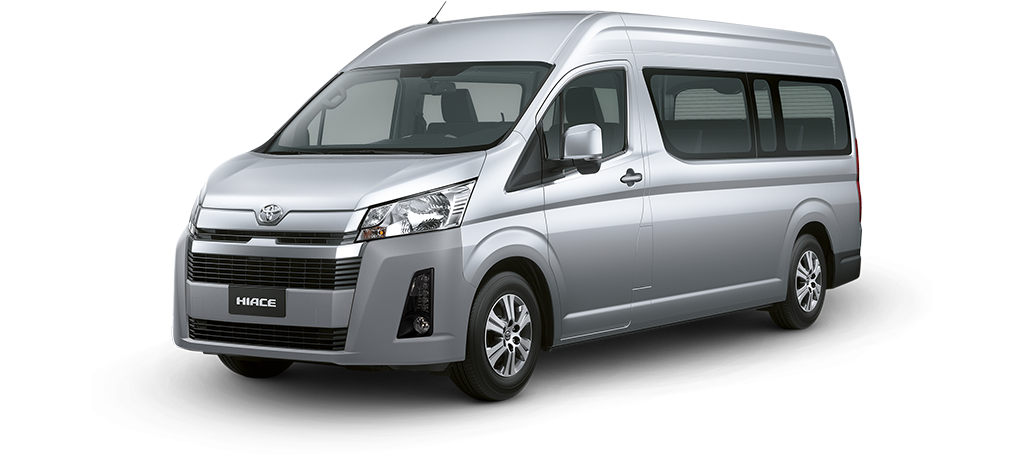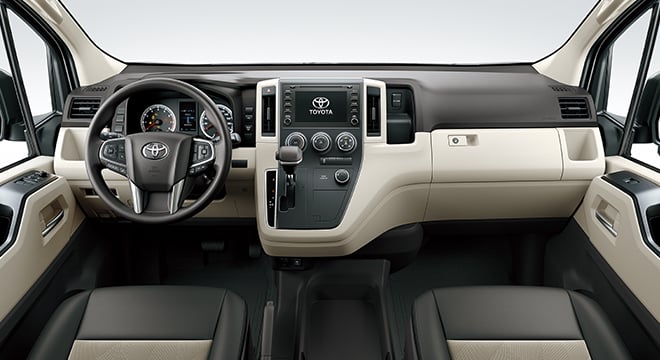Your Toyota Hiace Radiator Water system is crucial for safe driving in the Gulf's extreme heat. This guide offers a clear, step-by-step approach to ensure optimal cooling performance in your Hiace. Keep reading to unlock the best maintenance practices for 2025 and beyond!
How to Check and Maintain Radiator Water in Your Toyota Hiace
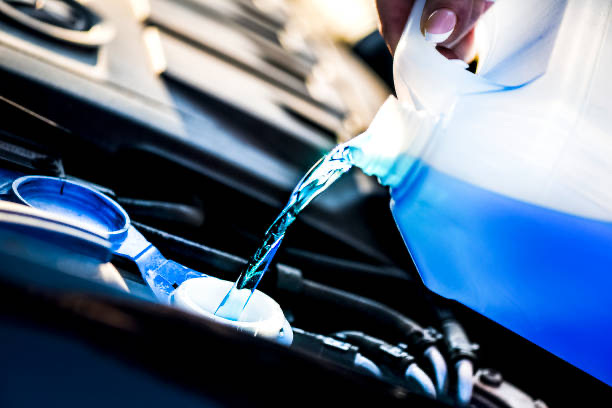
Three Simple Steps to Inspect Coolant Levels
Ensure your vehicle is parked on a level surface and allow at least two hours after engine shutdown so the coolant settles.
Locate the translucent coolant reservoir near the radiator and check for the minimum and maximum level markers.
Confirm that the coolant fluid is clearly visible between the MIN and MAX markers. Maintaining a 50:50 coolant-water mix is essential, especially when temperatures soar above 45°C (113°F) in UAE conditions. This mix not only stabilizes the boiling point of the fluid but also protects the engine against corrosion.
Top Signs of Radiator Water Issues
If you notice the dashboard temperature gauge edging into the high or red zone, it’s a red flag.
A sweet, almost syrupy scent of steam emanating from the engine bay can indicate coolant leakage.
Any rust-colored fluid pooling beneath the vehicle should prompt immediate inspection.
Understanding Common Cooling System Problems
Frequent Toyota Hiace Coolant Issues in 2025
Problem | Frequency | Average Repair Cost (AED/SAR) |
|---|---|---|
Hose leaks | 38% | 350-600 AED / SAR |
Water pump failure | 27% | 900-1,400 AED / SAR |
Radiator blockage | 19% | 700-1,100 AED / SAR |
When the radiator water is not maintained, several complications can arise. The coolant not only prevents the engine from overheating by raising the boiling point but also lubricates the water pump bearings. In the harsh Gulf environment, where temperatures can cause stress on engine parts, ensuring proper coolant levels is a quick fix to avoid more costly repairs.
The Importance of Maintaining Proper Coolant
Coolant prevents corrosion in your aluminum engine components by creating a protective layer inside the cooling system.
With a boiling point of 129°C compared to water’s 100°C, coolant is vital for countering the intense heat experienced in desert conditions.
It also plays a key role in keeping the water pump and other engine components well-lubricated.
Complete Coolant Replacement Guide
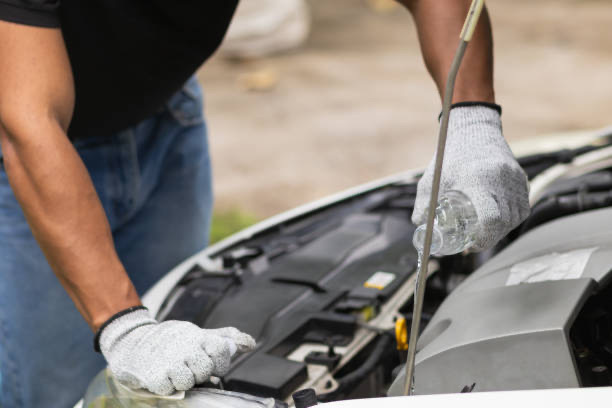
When to Change Your Radiator Fluid
Replace the coolant every 40,000 km or every 24 months, whichever occurs first, to ensure smooth engine operation.
If you have had major engine repairs or notice the coolant has turned muddy brown, it is time for a replacement.
Regular coolant replacement is a key preemptive measure to avoid overheating and maintain performance.
DIY Coolant Flush in Four Detailed Steps
Carefully drain the old coolant via the radiator petcock, ensuring all the old fluid is removed.
Rinse the cooling system thoroughly with distilled water to eliminate any residue or contaminants.
Introduce approximately 6 liters of Toyota Super Long Life Coolant, making sure to use the prescribed 50:50 mixture ratio.
Use the bleed valve to release trapped air from the system, ensuring that the assembly operates without air pockets.
A handy tip:Consider replacing the radiator cap (costing between 85-120 AED/SAR) during your coolant flush to guarantee a proper seal and system pressure.
Overheating Prevention Techniques
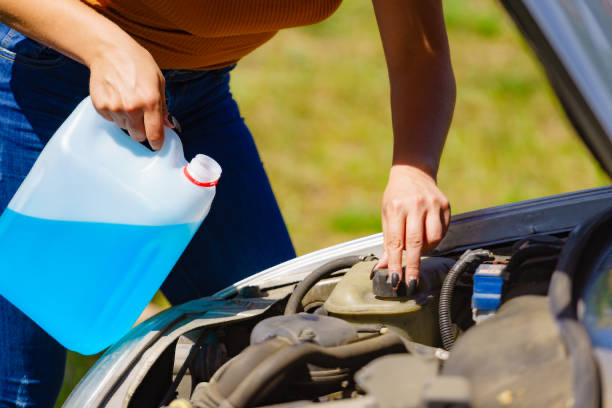
Five Crucial Summer Maintenance Practices
Clean the radiator fins monthly to remove sand and debris that block airflow.
Test your thermostat's operation every 15,000 km to ensure it opens and closes correctly.
Inspect the drive belt tension on a quarterly basis since a loose belt can hinder water pump performance.
Use a sunshade when parking outdoors to minimize heat absorption by the engine compartment.
Regularly monitor the air conditioning condenser to ensure it isn’t straining the cooling system.
What to Do in Case of Emergency Coolant Loss
Immediately switch off the air conditioning to reduce strain on the engine.
Max out your heater settings to help draw heat away from the engine compartment.
Carefully drive to the nearest shaded area without revving the engine.
Contact a local recovery service to avoid any risk of burns or additional engine damage. Quick action here can save you from severe overheating complications.
2025 Maintenance Schedule for Optimal Cooling
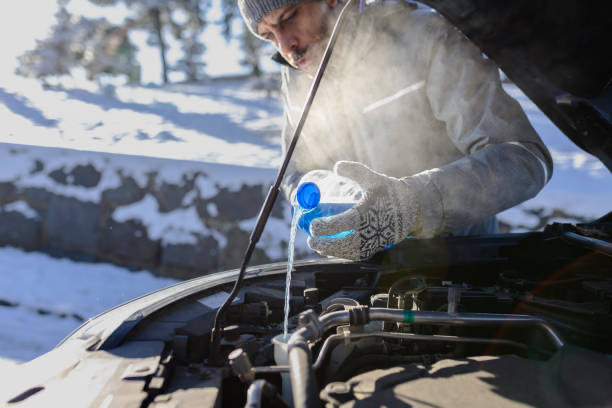
Recommended Service Intervals for Your Toyota Hiace
Monthly: A visual check of the coolant level to ensure it remains within the correct range.
Every 6 Months: Conduct a pressure test of the cooling system to spot any hidden leaks or vulnerabilities.
Annually: Perform a chemical analysis of the coolant to judge its efficiency and overall condition.
Every 2 Years: A full system flush is advised to remove any deposits and ensure long-term performance.
For vehicles that regularly transport more than seven passengers, it’s wise to book a professional radiator service every 30,000 km since additional usage can strain the cooling system over time.
FAQ
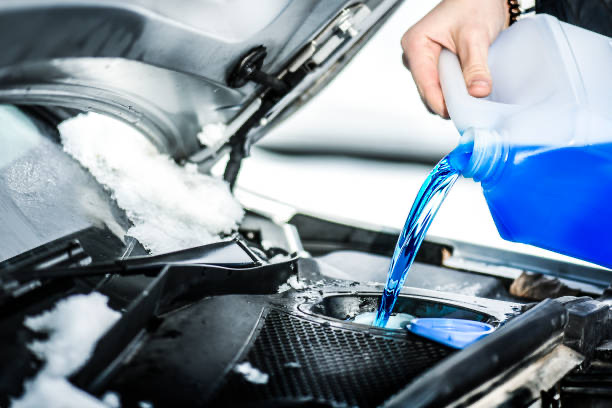
How can I tell if my Toyota Hiace cooling system is failing?
If your Toyota Hiace is experiencing prolonged high engine temperatures or you detect steam with a slightly sweet odor near the engine bay, it might be a sign of a failing cooling system. The dashboard temperature gauge may rise into dangerous levels, and coolant might be leaking, evident by rust-colored drips. These symptoms suggest you should inspect your coolant levels and consider a coolant flush or replacement. In the Gulf's extreme heat, even minor issues can quickly escalate to serious engine overheating. Regular checks are recommended to avoid unexpected breakdowns.
What is the recommended coolant replacement interval for a Toyota Hiace?
Most experts suggest replacing your Toyota Hiace coolant every 40,000 km or every 24 months. In high-temperature environments like the Gulf, adhering to this interval is crucial to maintain performance and protect the engine from overheating. Observing a decrease in coolant clarity or a change to a muddy brown color are clear signs that it's time for a change. Timely coolant replacement not only maintains engine temperature but also prevents corrosion in the aluminum components of your cooling system. Scheduling these maintenance sessions can save you time and money in the long run.
What steps should I follow to perform a DIY coolant flush effectively?
Begin by safely draining the old coolant from your radiator through the petcock, ensuring no old fluid remains in the system. Next, rinse the entire cooling system with distilled water to remove any impurities. Once cleaned, add the specified amount of Toyota Super Long Life Coolant, ensuring you maintain the 50:50 mix with water. Finally, use the bleed valve to expel any trapped air, as air pockets can cause uneven cooling. Following these steps thoroughly can help you maintain a balanced coolant level and optimize your Hiace's performance under extreme temperatures.
How often should I inspect my Toyota Hiace's radiator water levels?
Regular inspection of your Toyota Hiace's radiator water is a key preventive measure, especially in the Gulf's challenging conditions. A visual check should ideally be done on a monthly basis to ensure the coolant fluid remains within the defined MIN and MAX levels. If you notice any abnormalities such as a drop in the coolant level or the presence of impurities, it is wise to perform a more detailed inspection or visit a professional service center. These proactive checks mitigate the risk of engine overheating and ensure a longer lifespan for your cooling system. Routine maintenance is a cornerstone of safe and efficient vehicle operation.
This article is for informational purposes only; please refer to the latest local laws and regulations for guidance.
Read More:
How to Charge a Car Battery:A 2025 Guide for Smart Drivers
3 pics

Mustafa Karim, having been deeply involved in automotive research and development for over ten years. He is fond of Japanese cars, and their precise and energy-efficient features have influenced him. In his spare time, he loves Japanese anime and kendo, drawing inspiration from them for control system research and development. He also often shares cutting-edge automotive knowledge on platforms, contributing to industry innovation and adding strength to automotive development with his expertise.
